- Home
- What Is Witchcraft
What is Witchcraft?
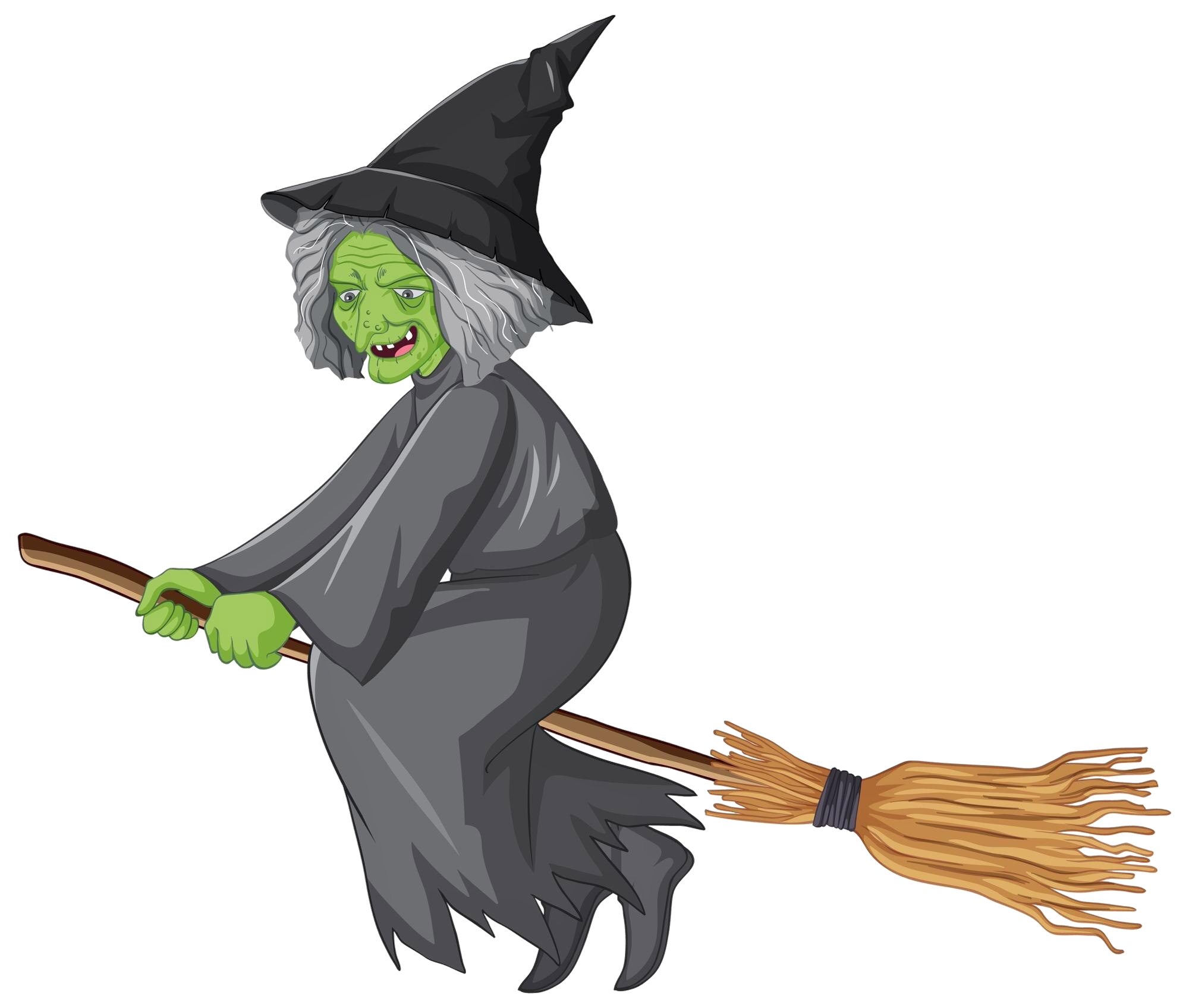
“What is witchcraft?” You might have preconceived ideas about what witchcraft is, thanks to Hollywood's portrayal of it, but today, I hope to help you navigate through these misconceptions and discover what witchcraft truly entails.
The word witchcraft often suggests bubbling cauldrons and flying broomsticks, but its origins and practice go much deeper. Witchcraft is a practice that has been part of human culture for centuries, transcending continents and societies. At its core, witchcraft is the practice of using natural energies and personal intention to affect change in the world. It is an ever-evolving path that draws from both ancient traditions and modern thought.
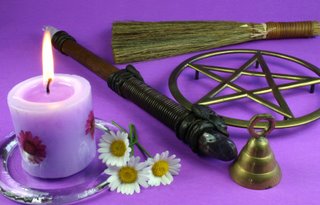
There are many variations and interpretations of witchcraft, and not all of them involve spells or rituals. Modern witchcraft, for example, can be practiced with or without formal rituals. It embraces a wide spectrum of beliefs and practices, influenced by historical witchcraft but adapted to our contemporary world.
Many witches today focus on healing, empowerment, and affirming their connection to the natural world. The emphasis is often on personal growth and spiritual development rather than malice. Witchcraft is becoming increasingly popular, appealing to those looking for a personalized spiritual path.
For beginners in witchcraft, it's important to start slow, focusing on learning and developing a personal connection with the practice. An insightful way to start is by reading about the history of witchcraft and its various traditions. Understanding the roots can provide context, enriching your grasp of modern practices.
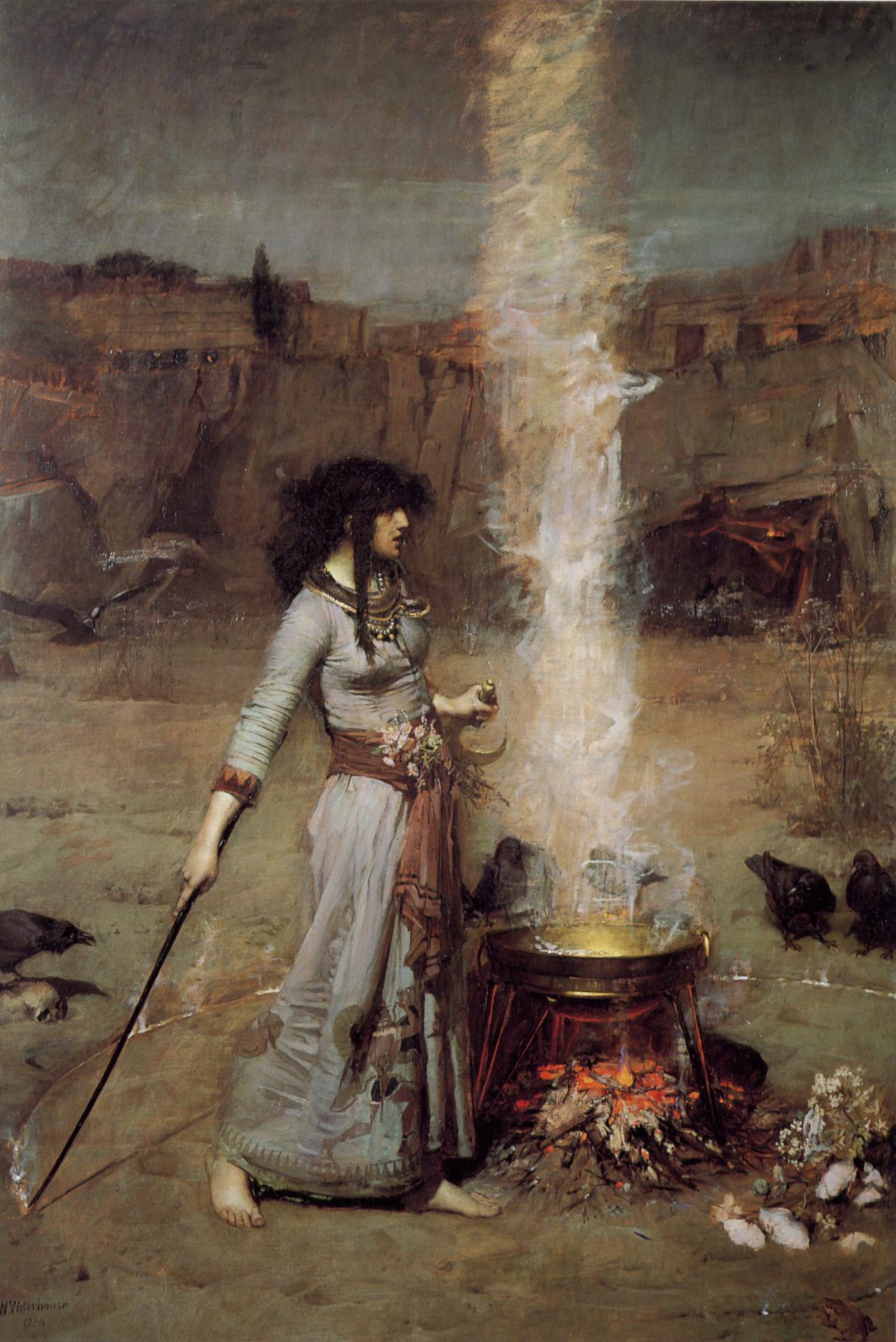
Many find that connecting with nature is a wonderful introduction to witchcraft. Observing the cycles of the moon, the changing seasons, and the energy of the earth are fundamental aspects that can deepen your practice.
If practicing in a group isn't your style, solitary witchcraft might be the path for you. It allows you to tailor your practice to your personal needs and beliefs, without adhering to a structured coven.
As you explore further, you'll come across many tools of the craft. Some of the tools of witchcraft include a Book of Shadows, an athame, a boline, a wand, incense, witchcraft herbs, witchcraft candles and witchcraft crystals. Each of these has unique properties and is often utilized to correspond with specific intentions and rituals.
Witchcraft Spells
Witchcraft does involve spells, but they're not what you see in movies. A spell in witchcraft is akin to focused meditation or prayer, often involving symbols or objects to direct energy toward a specific goal.
Setting your intention is a key component of any witchcraft practice. Whether casting a spell or meditating, the clarity of your intent is what channelizes your energy most effectively.
The Branches of Witchcraft
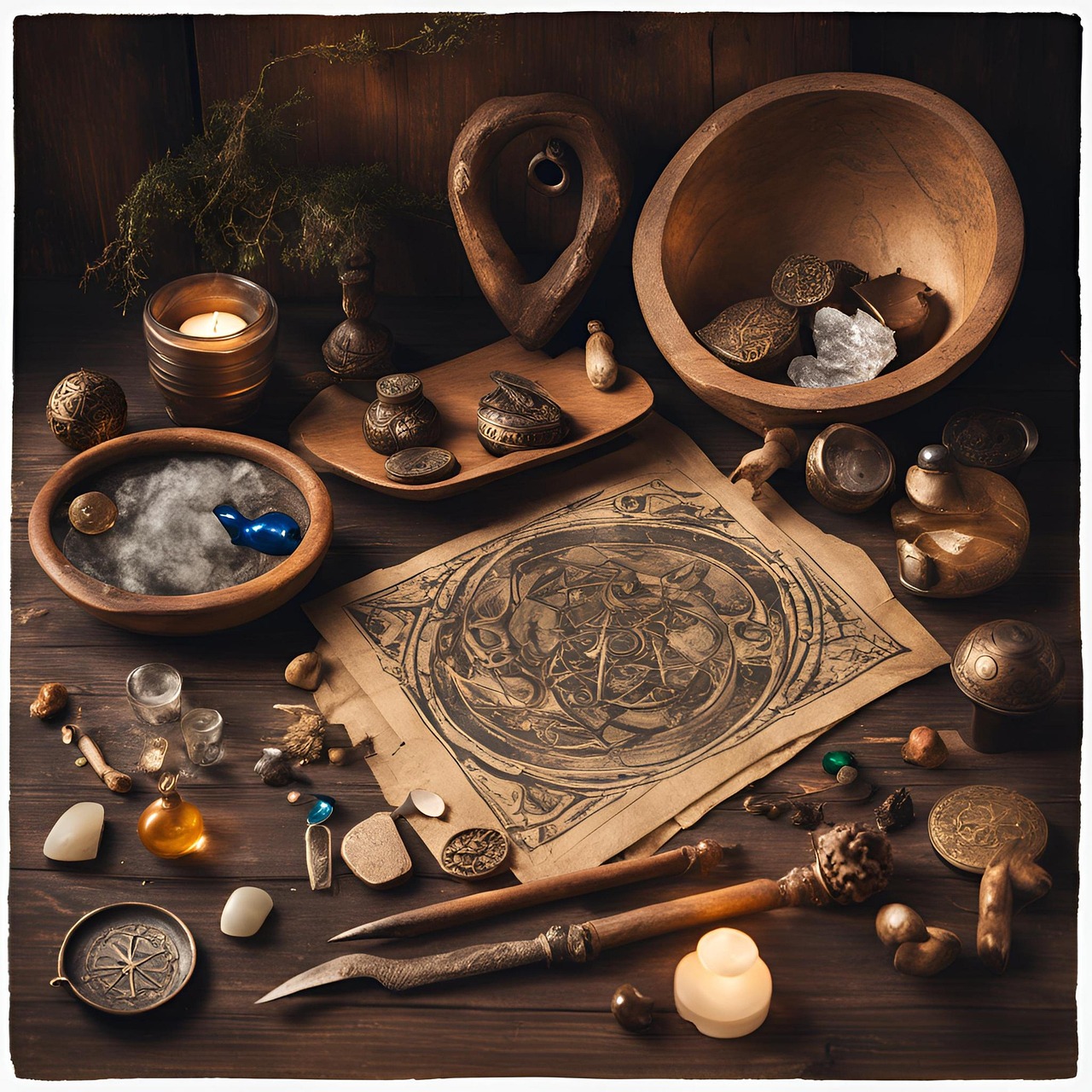
There are numerous branches within witchcraft, including eclectic witchcraft, white witchcraft, wild witchcraft, green witchcraft, and many others. Each path has its own unique elements and practices while sharing a common focus on harnessing natural energies. Remember, there is no singular "correct" way to practice witchcraft. It's a deeply personal journey, and practitioners often pull from different traditions to create their own spiritual toolbox.
Eclectic Witchcraft
You might encounter terms like eclectic witchcraft, which refers to those who blend elements from multiple traditions to suit their personal beliefs. This approach emphasizes creativity and adaptability.
White Witchcraft
Equally significant is the concept of white witchcraft, often associated with healing and protection. Practitioners prioritize using their skills for positive outcomes and the greater good.
Green Witchcraft
Green witchcraft usually refers to the practice of working with nature and natural tools in your witchcraft practice.
What is Witchcraft Compared to Voodoo
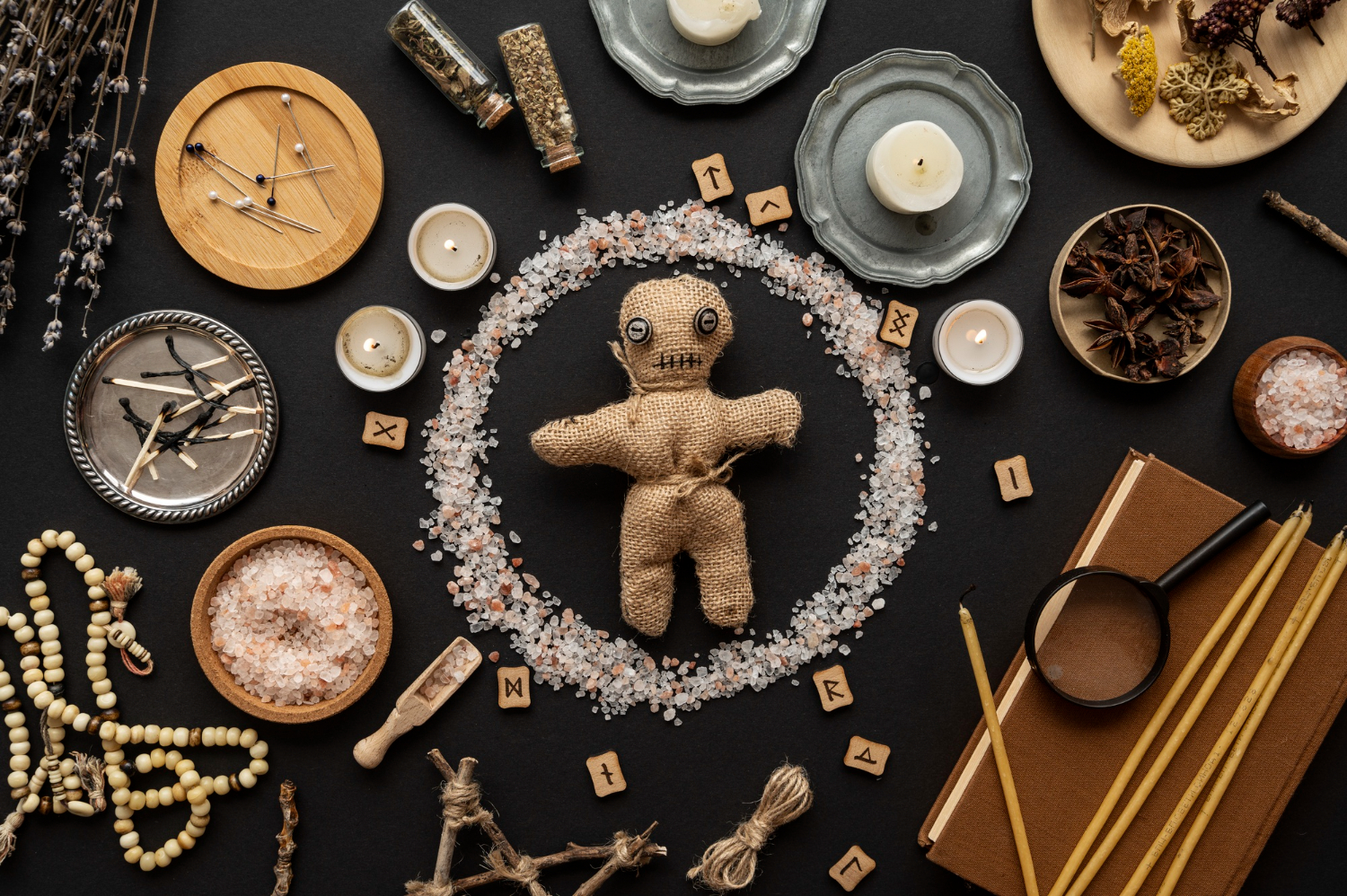
Some of the practices of voodoo, like spellcasting, are similar to witchcraft. It is important to note, however, that voodoo is a religion. This is actually a gross simplification, as voodoo has many variations, and is in effect several religions.
What is Witchcraft Compared to Ritual Magic
Ritual magic is any practice that focuses on the rituals performed more than intention and willpower. Ritual magic is usually, but not always, based on the Abrahamic traditions (Jewish, Christian and Muslim beliefs).
What is Witchcraft Compared to Qabalah
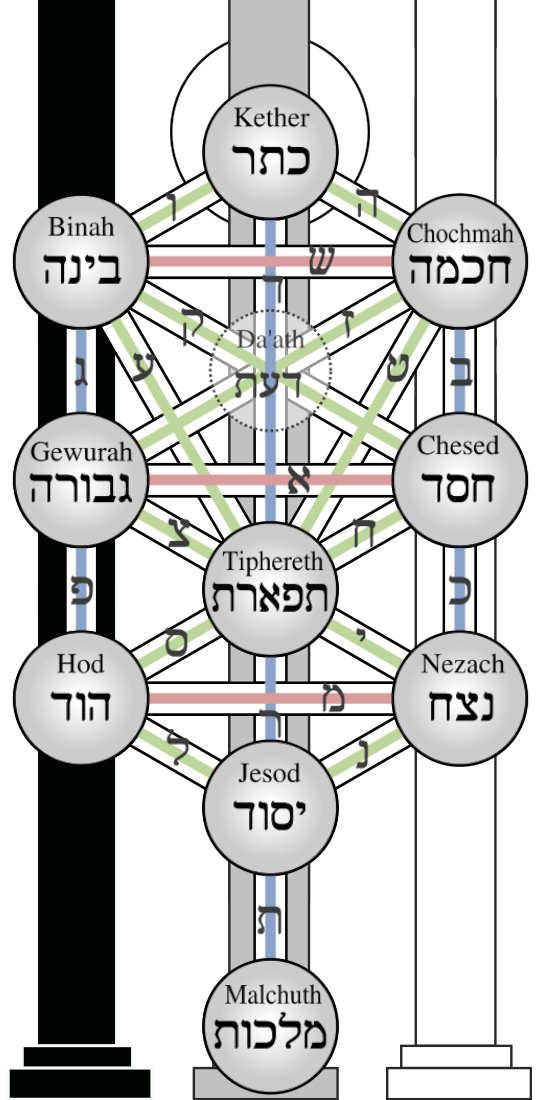
Qabalah is perhaps one of the most famous forms of ritual magic. This form of Jewish mysticism embraces ritual and complex symbolism that developed from specific sources. Unlike witchcraft, qabalah does not embrace individuality, but rather uses shared meaning and symbolism, rather prioritizing the individual. Witchcraft does have a ritual element, but it emphasizes individuality rather than conformity like qabalah.
The Wiccan Rede
One crucial aspect to bear in mind is the ethical approach in witchcraft. Many witches adhere to the Wiccan Rede, a guideline that advises against harm, often phrased as "If it harm none, do what ye will." Not all witches subscribe to this belief, but it is a commonly shared philosophy among witches.
Expanding Your Witchcraft Practice
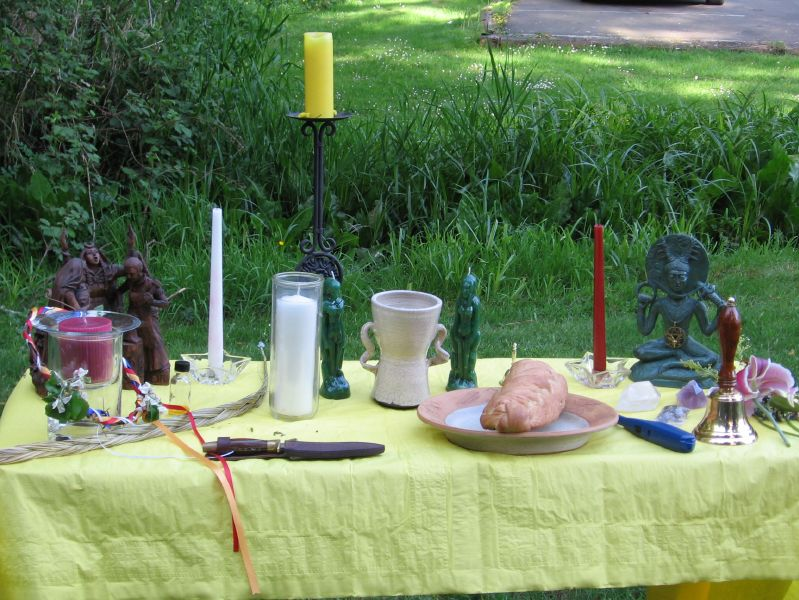
Creating an altar or a special area in your home can help focus your energies. It doesn't have to be elaborate: a small shelf or windowsill works just fine. It's important to note that while materials and tools can enhance your practice, they are not mandatory. Your own energy and focus are the most vital elements in witchcraft.
Witchcraft is a living tradition, continually growing and changing with each new practitioner who embraces it. This flexibility allows it to resonate with so many. You might ask, "How do I know which path in witchcraft is right for me?" The answer lies in what resonates with you personally. Trusting your intuition is essential.

Beyond the practical aspects, witchcraft often encourages practitioners to cultivate qualities like mindfulness, gratitude, and respect for all living things. Whether used for personal development or manifesting change, each person molds their witchcraft practice into something uniquely their own. If you feel a calling towards witchcraft, remember that it's a path available to anyone, regardless of background or gender. Inclusivity is a vital part of modern witchcraft.
Connecting With Other Witches
Acknowledging ancestral traditions can also form a part of your practice. Understanding where your lineage and personal history intersect with witchcraft enriches your connection. In blending traditional elements and modern innovation, witchcraft continues to challenge outdated perceptions and assumptions.
To gain a true understanding of “what is witchcraft”, one must recognize that it is ultimately a spiritual expression rooted in the natural world. Fostering a community spirit, even in online spaces, can provide support and encouragement as you navigate your witchcraft journey. Many people find solace in connecting with others who share similar spiritual paths.
What is Witchcraft – The Basic Philosophy
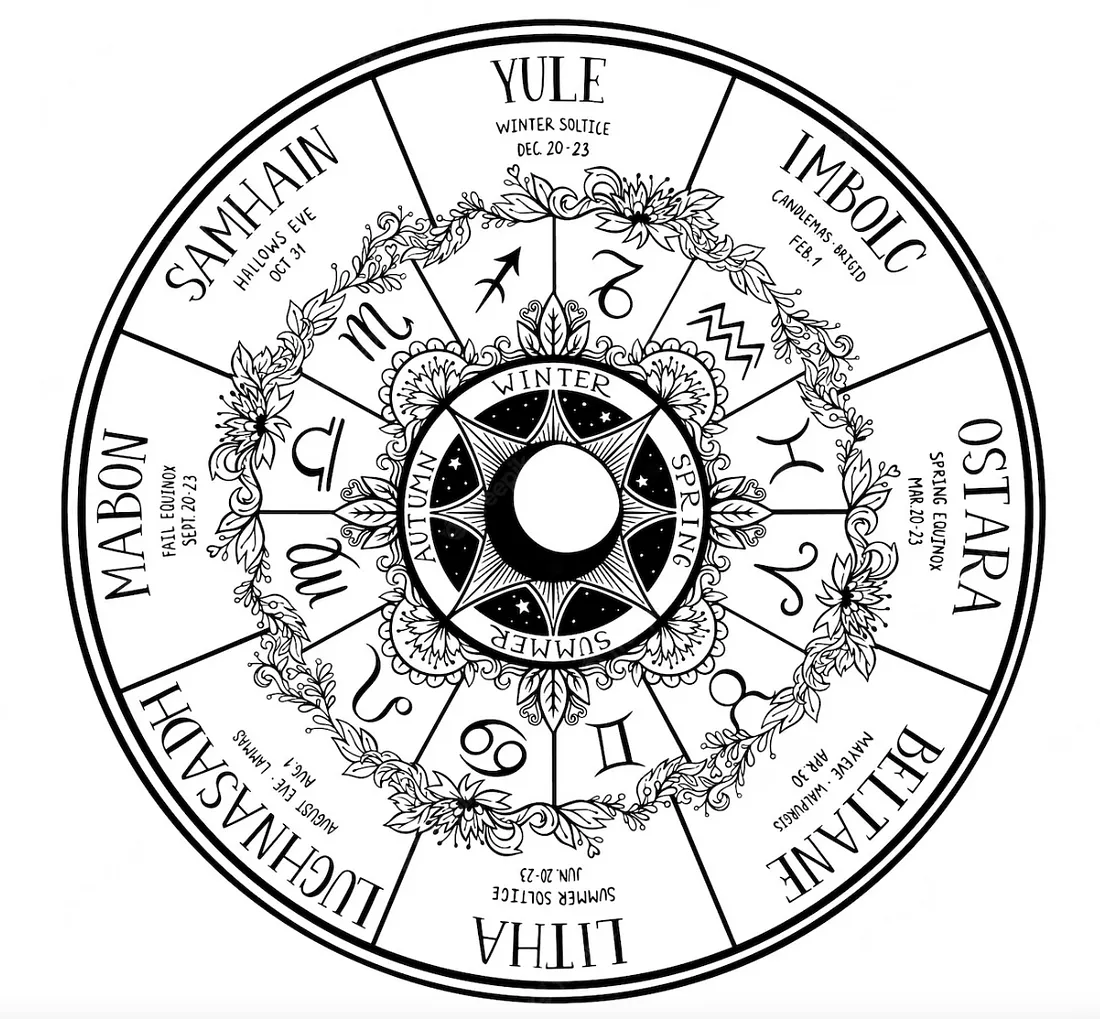
Respect for the environment is often a natural part of a witch's ethos, advocating for sustainable practices and conscientious living. Celebrating sabbats, or seasonal festivals, is another way practitioners honor nature’s cycles, integrating them into their own life rhythm. With each practice or ritual, remember that at the heart of witchcraft is a profound reverence for life and the interconnectedness of all beings.
In exploring witchcraft for beginners, it’s beneficial to approach your practice with openness and curiosity, rather than strict adherence to dogma. Witchcraft offers tools for healing, and personal growth, and empowering individuals to shape their reality with intention and awareness. Encountering skepticism is common when discussing witchcraft, but grounding your knowledge in research and personal experience can help address misconceptions.
Growing Into Your Witchcraft Practice
As with any path of study or spiritual practice, continual learning and openness to new ideas will guide your growth and understanding. If you've made it this far, you may feel a variety of emotions—intrigue, hesitation, or even excitement about what witchcraft might hold for you. Remember, learning about and practicing witchcraft is a journey, and there’s no need to rush. Allow yourself the space to discover what feels right.
Don’t be afraid to experiment within your practice. Only through trial and experience will you find what truly resonates with you. If ethical queries arise, consider reflecting on the intention and potential impacts of your actions, aligning with your moral compass. Embrace the personal aspects of your spiritual or magical experiences, recording them to reflect upon later and recognize your growth.
Integration of modern technology also facilitates witchcraft today. From digital grimoires to social media communities, the opportunities for connection are expansive. Will your path be filled with rituals, or will it be more meditative and solitary? Only you can determine what a fulfilling practice looks like. As you continue, nurturing a sense of gratitude for the wisdom gained and the journey itself is essential.
Your path in witchcraft is yours alone, and though guidance is available, trust your instincts to lead you. With a sustained commitment to discovery, you'll find that witchcraft isn't just a practice, but a way of life steeped in awareness and connectivity.
Pursuing this path can reveal new perspectives on the world around you, offering clarity and enrichment to daily life. Consider setting regular intentions or rituals to align with your goals and spiritual growth. Above all, recognize that witchcraft is intensely personal and speaks uniquely to each practitioner.
By exploring what witchcraft is, through attentiveness and curiosity, you’ll encounter a wealth of insights and transformative experiences. May your journey into witchcraft be one of empowerment, understanding, and a deepened connection to the magic of life itself. Embrace your curiosity and let the world of witchcraft reveal its wonders to you.
Share this page on social media:




New! Comments
Have your say about what you just read! Leave me a comment in the box below.